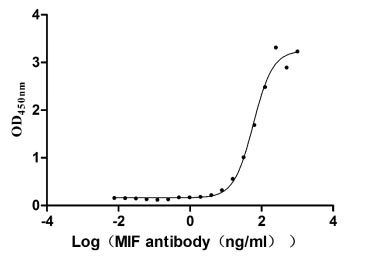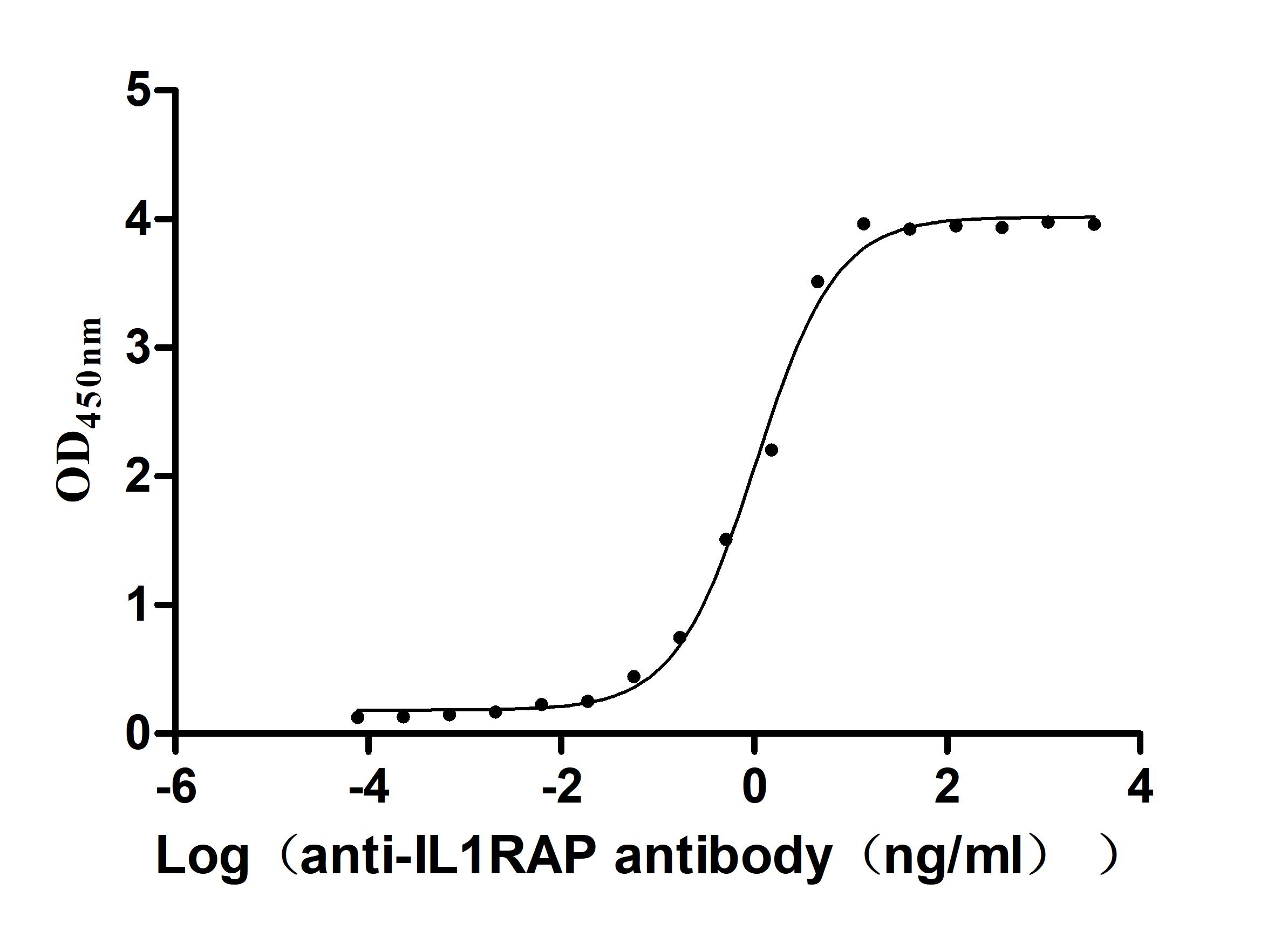Recombinant Rat Natural killer cells antigen CD94 (Klrd1)
-
货号:CSB-CF012470RA
-
规格:
-
来源:in vitro E.coli expression system
-
其他:
产品详情
-
基因名:
-
Uniprot No.:
-
别名:Klrd1; Cd94; Natural killer cells antigen CD94; Killer cell lectin-like receptor subfamily D member 1; CD antigen CD94
-
种属:Rattus norvegicus (Rat)
-
蛋白长度:full length protein
-
表达区域:1-179
-
氨基酸序列MAVSRITRWRLMSMFFGIKCLFLIVALGVLVKNSFTIQNIQSTPSSTPIVEFQKVSKCCACLEKWIGHQCSCYFISKEEKSWKGSREFCASQNSSLLQLQTRNELSFMSSSQAFFWIGIHYNEERSAWLWEDGTFPSKDLFPEFSKFRQDHCIGYSISREISSESCENKNRFICKQLPT
Note: The complete sequence including tag sequence, target protein sequence and linker sequence could be provided upon request. -
蛋白标签:N-terminal 10xHis-tagged
-
产品提供形式:Liquid or Lyophilized powder
Note: We will preferentially ship the format that we have in stock, however, if you have any special requirement for the format, please remark your requirement when placing the order, we will prepare according to your demand. -
缓冲液:Lyophilized from Tris/PBS-based buffer, 6% Trehalose, pH 8.0
-
储存条件:Store at -20°C/-80°C upon receipt, aliquoting is necessary for mutiple use. Avoid repeated freeze-thaw cycles.
-
保质期:The shelf life is related to many factors, storage state, buffer ingredients, storage temperature and the stability of the protein itself.
Generally, the shelf life of liquid form is 6 months at -20°C/-80°C. The shelf life of lyophilized form is 12 months at -20°C/-80°C. -
货期:Basically, we can dispatch the products out in 1-3 working days after receiving your orders. Delivery time may differ from different purchasing way or location, please kindly consult your local distributors for specific delivery time.Note: All of our proteins are default shipped with normal blue ice packs, if you request to ship with dry ice, please communicate with us in advance and extra fees will be charged.
-
注意事项:Repeated freezing and thawing is not recommended. Store working aliquots at 4°C for up to one week.
-
Datasheet & COA:Please contact us to get it.
相关产品
靶点详情
-
功能:Immune receptor involved in self-nonself discrimination. In complex with KLRC1 or KLRC2 on cytotoxic and regulatory lymphocyte subsets, recognizes non-classical major histocompatibility (MHC) class Ib molecule MHC-E loaded with self-peptides derived from the signal sequence of classical MHC class Ia and non-classical MHC class Ib molecules. Enables cytotoxic cells to monitor the expression of MHC class I molecules in healthy cells and to tolerate self. Primarily functions as a ligand binding subunit as it lacks the capacity to signal.; KLRD1-KLR...显示更多
-
基因功能参考文献:
- Rat CD94 coimmunoprecipitates with both DAP12 and DAP10 adaptor proteins. PMID: 22084441
-
亚细胞定位:Cell membrane; Single-pass type II membrane protein.
-
数据库链接:
KEGG: rno:25110
STRING: 10116.ENSRNOP00000052682
UniGene: Rn.6025



-AC1.jpg)
















